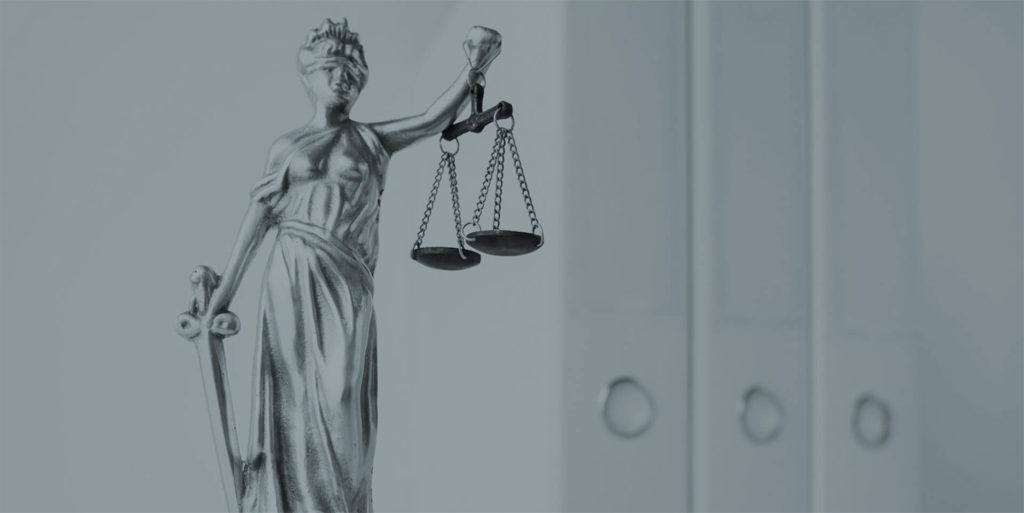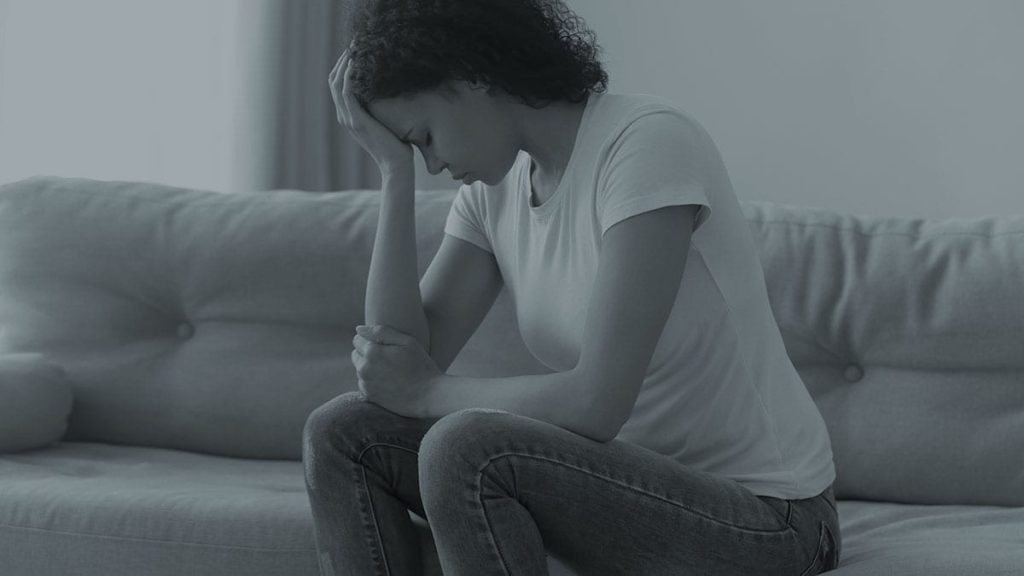Send your enquiry.
Contact us for a free, initial no obligation consultation.
"*" indicates required fields
Your information is safe and treated in accordance with our Privacy Policy
‘Revenge porn’ is the colloquial term for sharing intimate images of someone without their consent. This is a criminal offence in the UK, and such prosecutions are becoming increasingly common in our criminal justice system.
If you have been accused of revenge porn, then this article explains everything you need to know. We answer questions such as: what is the definition of revenge porn? What are the revenge porn laws in the UK? And what are the penalties for sharing intimate images without consent?
Have you been accused of revenge porn?
If you have been accused of revenge porn and you need a criminal defence lawyer, please contact us now at Ashmans Solicitors. We can represent you throughout proceedings. We are available to take your call 24 hours a day, 7 days week.
What is the definition of revenge porn?
Revenge porn is when someone shares private sexual images of an individual without their consent. An image can be a photograph or a video. It might be shared online or offline.
Incidents of revenge porn are typically seen amongst couples or former couples. The image was taken during their relationship, only for it to be distributed to other parties at a later date. These parties were never meant to view the image, and the individual never gave their consent for other people to see it.
As the name would suggest, the distribution of the image is often some kind of ‘revenge’ – perhaps because the individual broke off the relationship or angered the other person in some way.
However, revenge porn has now evolved so that the term is slightly misleading. Nowadays, legal professionals refer to the offence as ‘sharing intimate images’. Revenge is not always a motive in these cases. The image may be shared amongst others as a form of blackmail or a threat. It might even be done mindlessly, without any kind of thought process behind it.
What are the revenge porn laws in the UK?
Whatever the circumstances, it is an offence in England and Wales to share a private sexual image or video of someone without their consent, with the intention of causing them distress. The law is set out under section 33 of the Criminal Justice and Court Act 2015. Sharing or ‘disclosing’ an image is when you show it to another person, or make it available to another person.
As of 29 June 2021, it is also an offence to make threats to share intimate images. This is included under the Domestic Abuse Act 2021. It means it is illegal to threaten to disclose a private sexual photograph or film in which another person appears, with the intention of causing distress to that individual. It does not matter whether the images actually exist or not.
Therefore, you cannot share:
- A private sexual image or video of someone else…
- Without their consent…
- With the intention of causing distress…
- Or threaten to share intimate images
Let’s look at each point in more detail.
What is a private sexual image or video?
An image is considered to be private if it shows ‘something that is not of a kind ordinarily seen in public’.
An image is considered to be sexual if a reasonable person would consider it to be sexual. The person shown in the image could be naked, in a state of partial nudity, have part/all of their genitals exposed, or be performing a sexual act. It very much depends on the context.
The law also applies to sexual images that have been altered. For example, if two or more photographs or filmed images are combined, and these are private and sexual in nature, then it is it illegal to share them without the individual’s consent.
What is consent?
Consent is when someone voluntarily agrees to something without being put under pressure. In the context of intimate images, consent means that the person depicted in the sexual image agreed to share it.
So, if a woman sends an intimate image to her boyfriend voluntarily, then she has given consent to share this image with him. But if her boyfriend then shares the image with his work colleagues, without getting her permission to do so, then consent has not been given.
If you share an intimate image and you genuinely thought that consent had been given – and you have good reason to make this assumption – then you may have a defence.
What is the intention to cause distress?
Currently, someone is only guilty of revenge porn if their motivation was to cause humiliation, alarm or distress to the victim. If you share the image accidentally, or you did not intend to any harm to the person depicted in the image, then it may not warrant a prosecution.
However, this could change going forward. The Law Commission has proposed changing the law to include all motivations, or where there is no motivation at all. In practical terms, this means that sharing an intimate image as a joke could be an offence.
What is threatening to disclose intimate images?
Due to legislative amendments made in 2021, it is also illegal to threaten to share intimate images of someone else without their consent, with the intention to cause distress. It does not matter whether these images exist, or whether you follow through with the threat and actually share the images. Simply making the threat is enough to secure a conviction.
Can you go to jail for revenge porn?
You can get up to two years’ imprisonment for revenge porn in England and Wales.
What are the penalties for sharing intimate images without consent?
The maximum sentence for sharing intimate images without consent – otherwise known as revenge porn – is two years’ imprisonment. This could be increased to three years under proposed legal reforms, but only where the motivation is sexual gratification, or to cause humiliation, alarm or distress to the victim.
This is the maximum sentence – it does not necessarily mean that you will serve two years in prison if you are found guilty of sharing intimate images without consent.
If you are charged on a summary basis, then your case can only be heard at the Magistrates’ Court, where the maximum available sentence is 12 months’ imprisonment and/or an unlimited fine. If you are charged on indictment, then your case will be heard at the Crown Court, where the maximum available sentence is currently two years’ imprisonment and/or a fine. However, the judge may choose to impose a suspended sentence or a community order instead.
How is a sentence for revenge porn decided?
The sentence handed out for sharing intimate images without consent depends on the circumstances. The sentencing judge looks at various factors, including mitigating factors, aggravating factors, the degree of culpability and the level of harm caused.
Mitigating factors are anything that should persuade the sentencing judge to show leniency. They might include:
- An early guilty plea
- Remorse
- Co-operation with the investigation
Aggravating factors are anything that should persuade the sentencing judge to impose a harsher sentence. They might include:
- Previous convictions for similar offences
- Targeting a vulnerable victim
- Making threats or blackmailing the victim
Culpability will be assessed according to things such as:
- The amount of planning involved
- How widely the images were shared
- How much effort was put into making the image publicly available
The level of harm is based on factors such as:
- How much distress was caused
- How much psychological harm was caused
- The overarching impact of the offence
What other offences could you be charged with?
Sharing intimate images without consent could also be prosecuted under other legislation. For instance, sending a communication with intent to cause distress or anxiety is an offence under the Malicious Communications Act 1988. This could cover the disclosure of intimate images.
Prosecutions may also be sought under the Protection of Freedoms Act 2012, which protects an individual from harassment and stalking. If the images are taken from a computer without the owner’s consent, then it is an offence under the Computer Misuse Act 1990.
Threatening to share intimate images could also be considered blackmail, which is an offence under the Theft Act 1968.
What defences are there to revenge porn?
If you are charged under section 33 of the Criminal Justice and Court Act 2015, then there are defences available. The legislation states that it is a defence if you:
- Reasonably believed that the disclosure was necessary for the purposes of preventing, detecting or investigating a crime
- Disclosed the image in the course of, or with a view to, the publication of journalistic material which you reasonably believed was in the public interest
- Reasonably believed that the image had previously been disclosed for reward, and you believed this had been done with the individual’s consent
There may be other ways to defend a prosecution. For instance, you might reasonably have believed that the victim gave their consent. It may also be possible to get the CPS to drop the charges if you shared the image by accident, or there was no malicious intent (although the latter point may change in the future).
Could the law change in the future?
The information included in this article is accurate as of September 2022. However, the Law Commission is proposing widespread reforms regarding intimate image abuse. We reported on the proposals in July 2022, and it is likely that certain aspects of the law will change in the future.
Find out more: Law Reforms Proposed for Intimate Image Abuse Offences
Specifically, the maximum penalty could increase to three years’ imprisonment where the motivation is sexual gratification, or to cause humiliation, alarm or distress to the victim. Also, the intent to cause distress may no longer be required for a prosecution. This means that the sharing of private intimate images without consent would be illegal, no matter what the motivation (if there is any motivation at all).
What to do if you are accused of revenge porn
If you are accused of revenge porn – otherwise known as sharing intimate images without consent – then you need immediate legal advice. You may be pulled in for police questioning. Be sure to ask for a solicitor before giving a police interview. This is free to everyone under the legal aid scheme.
If the case against you progresses, it is in your best interests to instruct a criminal defence solicitor – such as one of the experienced solicitors here at Ashmans. A conviction for revenge porn is a serious matter. You could go to prison, and you might even be added to the sex offenders’ register.
We are specialist defence lawyers and know how to handle a case involving revenge porn. We work hard to tip the odds in your favour, ensuring you get the best possible outcome.
Free legal advice
Call us on 0333 009 6275. We are available to take your call 24 hours a day, 7 days a week. We offer free police station representation.
You can also email us on enquiries@ashmanssolicitors.com or complete our Free Online Enquiry Form and we’ll be in touch soon.
FAQ Revenge Porn
When did revenge porn become illegal
Revenge porn became illegal in 2015 under the Criminal Justice and Court Act 2015, specifically under section 33. Revenge porn is also known by the term, ‘image based sexual abuse’ and refers to private sexual videos or photos of someone shared online or offline without that person’s consent.
What is the sentence if found guilty of revenge porn
The maximum sentence for revenge porn is two years imprisonment. However, this ould be increased to three years under proposed legal reforms, but only where the motivation is sexual gratification, or to cause humiliation, alarm or distress to the victim.
Is there other charges I could face for revenge porn
Yes there are other charges related to revenge porn. Sending a communication with intent to cause distress or anxiety is an offence under the Malicious Communications Act 1988. Prosecutions may also be sought under the Protection of Freedoms Act 2012. Threatening to share intimate images could also be considered blackmail, which is an offence under the Theft Act 1968. If the images are taken from a computer without the owner’s consent, then it is an offence under the Computer Misuse Act 1990.




